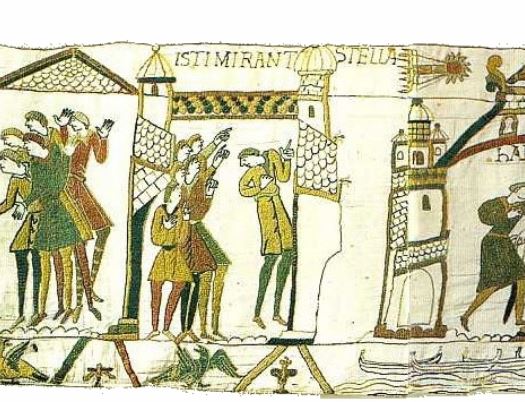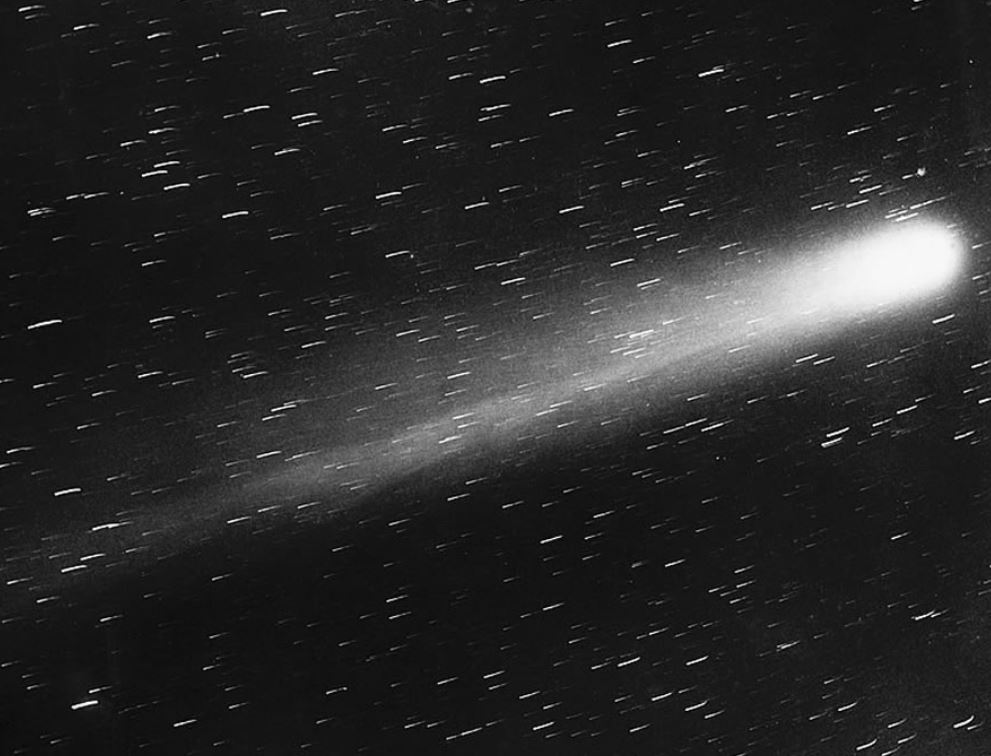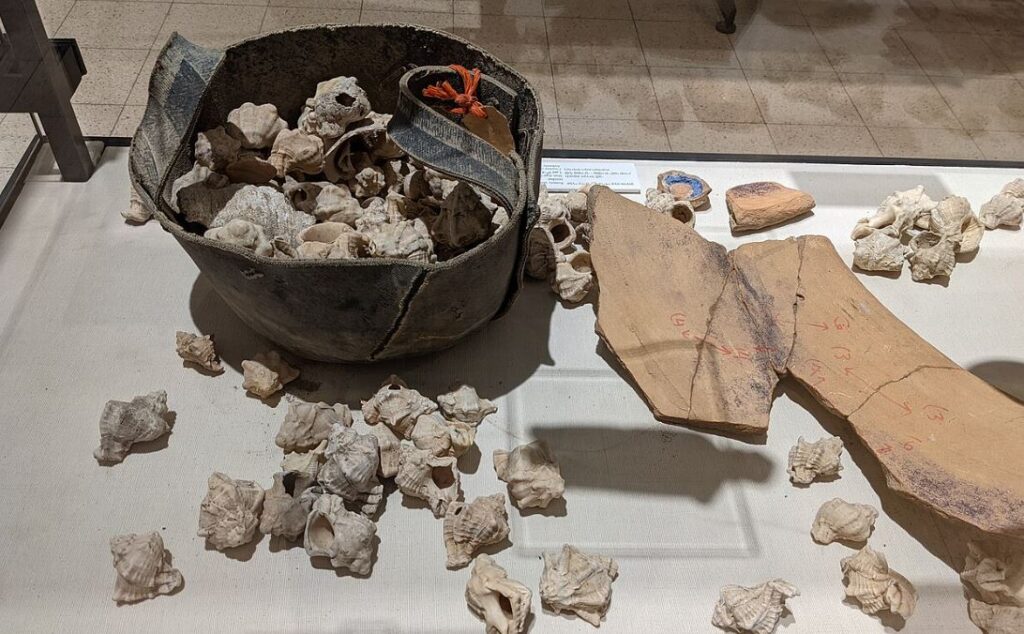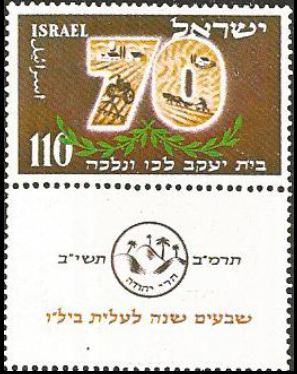Are our fates written in the stars? In ancient times people certainly thought so and any unusual astronomical event was taken as a sign from the heavens. Here is Josephus on a comet that appeared in the heavens in the year 66 CE, the year that the Great Revolt against the Romans began:
“Thus were the miserable people persuaded by these deceivers, and such as belied God himself; while they did not attend nor give credit to the signs that were so evident, and did so plainly foretell their future desolation, but, like men infatuated, without either eyes to see or minds to consider, did not regard the denunciations that God made to them. Thus there was a star resembling a sword, which stood over the city, and a comet, that continued a whole year.” (Josephus The Jewish War 6:288)
Compare that approach to the very practical attitude of Rabbi Yehoshua at a similar star appearance in this story in Horayot:
“Rabban Gamliel and Rabbi Yehoshua were traveling together on a ship. Rabban Gamliel had bread. Rabbi Yehoshua had bread, and additionally he had flour. Rabban Gamliel’s bread was finished. He relied on Rabbi Yehoshua’s flour. Rabban Gamliel said to Rabbi Yehoshua: Did you know that we would have so substantial a delay? Is that the reason that you brought flour with you? Rabbi Yehoshua said to Rabban Gamliel: There is one star that rises once in seventy years and misleads sailors at sea, causing their journeys to be extended. And I said: Perhaps that star will rise during our journey and mislead us”. (Horayot 10b)
Rabbi Yehoshua knew the patterns of the stars and understood that there would be a disruption so he planned ahead. Is what he saw a comet, in fact the most famous comet, the one we know as Halley’s Comet?
A comet is a large ball of cosmic dust and ice that orbits in the solar system. When it passes close to the sun it releases gases that form a tail; often these comets can be seen from Earth even without a telescope. Ancient people, much more attuned to the stars, noticed these irregular features in the landscape and usually ascribed dark meanings to them. One comet that has been consistently noticed, since the third century BCE, is the one we call Halley’s Comet, named for the seventeenth-century scientist who noticed the pattern of its arrivals.
Halley’s Comet (last seen in 1986) orbits close to earth every seventy-six to seventy-nine years. It is nine and half miles wide and has passed as close as four hundred miles away from Earth. Chronicles from ancient China, Babylonia and Armenia record sightings of it. One of the most famous appearances was in 1066, the year of the Norman conquest of England. A contemporary illustration of that conquest, the fantastic Bayeux tapestry, depicts the comet, portraying it as an omen of what will happen in that fateful year:

Image on web site of Ulrich Harsh., Public domain, via Wikimedia Commons
When people understood that the comet returned regularly, they began to expect its arrival. Mark Twain even linked his fate to that of the comet, as he wrote in his autobiography:
“I came in with Halley’s comet in 1835. It is coming again next year, and I expect to go out with it. It will be the greatest disappointment of my life if I don’t go out with Halley’s comet. The Almighty has said, no doubt: ‘Now here are these two unaccountable freaks; they came in together, they must go out together.’” (Mark Twain)
Twain died on 21 April 1910, a day after the comet appeared.

Halley’s Comet in 1910
Professor Edward Emerson Barnard at Yerkes Observatory, in Williams Bay, Wisconsin., Public domain, via Wikimedia Commons
If what Rabbi Yehoshua saw was indeed Halley’s Comet, then his voyage took place in the year 66 and this is the comet Josephus cited. It is not unusual that he noticed the comet, what is unusual is that he understood that it returned every seventy (or so) years. There are scholars who say that he was the very first to understand this, centuries before Edmund Halley (for example, see this article https://www.talmudology.com/jeremybrownmdgmailcom/2018/4/8/horayot-10a-halleys-comet-in-the-talmud)
Rabbi Yehoshua’s greatness in halacha, aggada and leadership are undeniable. But did he really know that this comet appeared every seventy years? Seventy years is a classic number in the Bible and Rabbinic literature. In Tehillim, the psalmist tells us:
“The span of our life is seventy years,” (Tehillim 90:10)
The Rabbis connect the number seventy to the number of nations, the number of languages, the interpretations of the Torah and many more ideas:
“Seventy names of the Holy One blessed be He, the seventy names of Israel, the seventy names of the Torah, and the seventy names of Jerusalem” (Bamidbar Rabba 14:12)
Not only is seventy a ubiquitous “perfect” number, arrived at by multiplying the special numbers seven and ten, it is also the number that is used when the Rabbis want to describe something rare. For example, the snail that the techelet dye for tzitzit is made from only appears every seventy years:
“The Sages taught: This ḥilazon, its body resembles the sea, its form resembles that of a fish, it emerges once in seventy years,” (Menachot 44a)

Aaadir, CC0, via Wikimedia Commons
A court that kills once in seventy years is considered destructive (Makkot 7a), the altar is cleaned every seventy years (Sukkah 49a) and even idolators see seventy as a special number:
“Rav Yehuda says that Shmuel says: They have another festival in Rome: Once every seventy years they bring a man who is whole and have him ride on a lame man,. And they dress him in the garments of Adam the first man and place on his head the scalp of Rabbi Yishmael” (Avodah Zarah 11b)
With all these examples, is it possible that Rabbi Yehoshua was just using seventy as a Rabbinic convention to mean once in a blue moon? Or did he really mean once in a Halley’s comet?

ג. המורי, Public domain, via Wikimedia Commons










